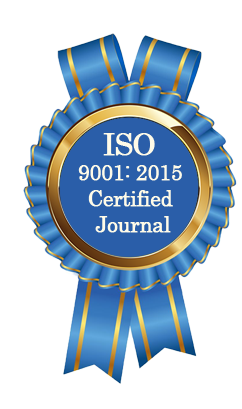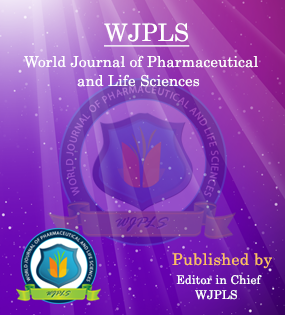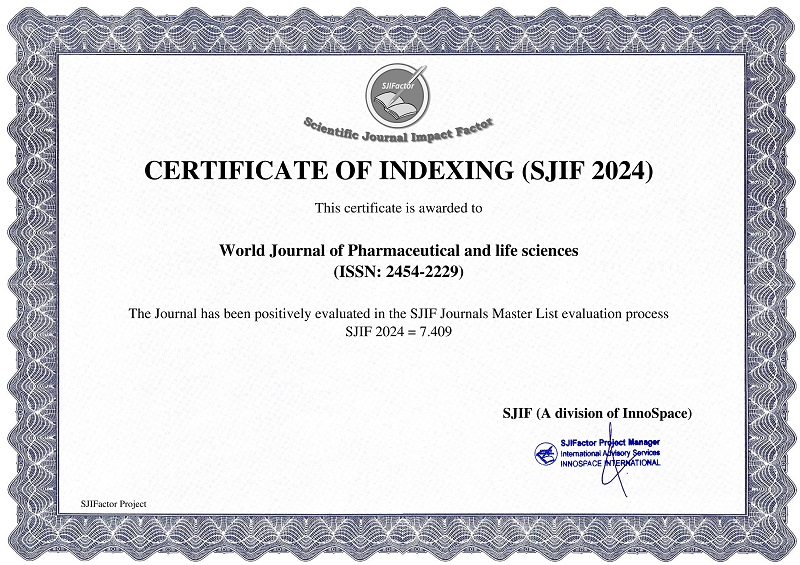Abstract
EVALUATION OF ENVIRONMENTAL HEALTH STATUS OF EDONWHII SANDY BEACH IN AKWA IBOM STATE USING BIO-PHYSICOCHEMICAL INDICES OF CONTAMINATION
S. J. Etuk*, S. I. Umana and J. P. Essien
ABSTRACT
The environmental health status of Edonwhii sandy beach was investigated using standard health/microbiological protocols and analytical procedures. The result revealed diverse microbial groupings in the study area which include the following bacteria; total heterotrophic bacteria (THB) with mean counts of 6.8±0.5x104 cfug-1, Staphylococcus aureus having counts of 1.3±1.7x104 cfug-1, Vibrio sp. with counts of 4.3±2.0x104 cfug-1, total and faecal coliforms, Clostridia and other members of the Enterobacteriacaea. The results also reveal the occurrence of dermatophytic fungi with an average population of 2.9 ±1.5 x 102 cfug -1 with other hyphomycetous fungi such as Aspergillus sp, Penicillium sp. Rhizopus sp and Mucor. While most of these organisms showed 100% prevalence in sand, however, they exhibited low to moderate prevalence in the water. Also encountered were ova of Necator americana, Ascaris lumbricoides and other helminthes that could serve as microbiological quality indicators of the sandy beach environment. Physicochemical results indicate low levels of Total Organic Carbon (TOC), Total Nitrogen (TON) and available phosphorus (1.8%, 0.25% and 1.69mg/kg respectively) in the sand which also showed deficiencies of Ca2+ (6.97mg/kg), Mg2+ (2.89mg/kg), Na+ (7.69mg/kg) and K+ (0.16mg/kg), and total recoverable hydrocarbons ranged between 9.38mg/kg and 10.44mg/kg. The levels of these parameters influenced the beach sand fertility and may be responsible for the low microbial populations observed. However, based on the microbiological indices, the potential health risk associated with exposure to contaminated beach sand and water at Edonwhii is high especially for the most vulnerable populations. This study therefore provides a useful baseline assessment of sandy beach microbiological flora and can serve as reminder of the occurrence of potentially harmful fungi, bacteria and helminths in our local beaches. To improve the recreational qualities of these beaches, qualitative/quantitative criteria or threshold standards should be set, periodic monitoring and beach cleaning need to be performed.
[Full Text Article] [Download Certificate]WJPLS CITATION 
| All | Since 2020 | |
| Citation | 590 | 424 |
| h-index | 12 | 10 |
| i10-index | 17 | 14 |
INDEXING
NEWS & UPDATION
BEST ARTICLE AWARDS
World Journal of Pharmaceutical and life sciences is giving Best Article Award in every Issue for Best Article and Issue Certificate of Appreciation to the Authors to promote research activity of scholar.
Best Article of current issue
Download Article : Click here





